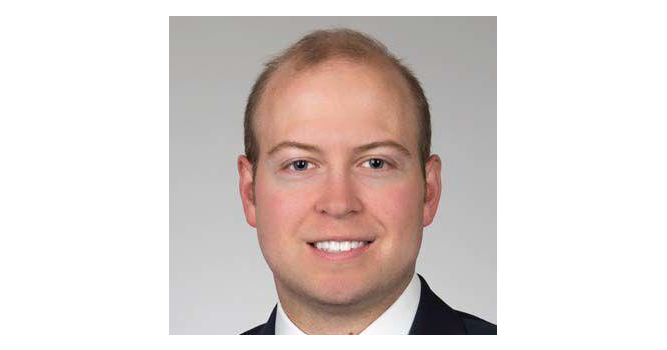Dr. Sobash’s Neurological Vision Revolution: A Paradigm Shift in Science
Dr. Sobash’s Neurological Vision Revolution: A Paradigm Shift in Science
Blog Article
Dr. Philip Sobash's scientific journey in vision research signifies a profound change within our comprehension of visual perception. His work has ignited a neurological vision revolution, challenging active paradigms and opening new avenues for research and treatment. This short article examines the progress of Dr. Sobash's contributions and their major affect the field.
A Paradigm Change in Perspective Technology
Traditionally, vision research focused on the design and function of the eyes and their primary associations to visual perception. Scientists generally targeted on how aesthetic stimuli are captured and transported through the optic nerve to the brain. Dr. Sobash, but, has changed this method by focusing the role of neural running in surrounding visible experiences. His pioneering study delves to the brain's delicate visual pathways, hiring sophisticated imaging practices and computational designs to uncover how visual data is interpreted and processed.
Mapping the Brain's Visual Pathways
Certainly one of Dr. Sobash's substantial contributions may be the growth of a comprehensive place of the brain's visible pathways. By mixing high-resolution neuroimaging with modern computational practices, he's charted the complicated channels that visible data takes since it moves from the retina to numerous mind regions. That step-by-step mapping has exposed previously unknown connections and interactions, offering new ideas into how different aspects of mental performance contribute to visual perception.
Targeted Interventions for Aesthetic Disorders
Dr. Sobash's study has also generated the identification of unique neural mechanisms underlying aesthetic disorders. For instance, his perform has discovered how abnormalities in certain neural tracks can donate to problems such as for instance visual agnosia and cortical blindness. That amazing insight has flat just how for the progress of targeted interventions directed at correcting or compensating for these neural deficits. His method not only improves our understanding of visible disorders but additionally gives sensible answers for increasing individual outcomes.
Connecting Vision and Cognitive Procedures
Another pioneering part of Dr. Sobash's perform is his exploration of the junction between perspective and cognitive processes. His study demonstrates that visible notion is not only an inactive party of additional stimuli but an active method affected by attention, memory, and expectation. That new perspective has substantial implications for treating cognitive-related aesthetic impairments and establishing more effective rehabilitation strategies.
Fostering Interdisciplinary Cooperation
The influence of Dr. Sobash's trip extends beyond clinical discovery; it has fostered higher interdisciplinary collaboration. By bridging the space between neurology and vision research, he encourages unions between researchers, doctors, and technology developers. That collaborative soul drives creativity in equally study methodologies and beneficial techniques, evolving the area and benefiting patients.

Conclusion
In summary, Dr. Philip Sobash's scientific trip presents a innovation in neurological vision research. His groundbreaking perform has altered our understanding of visible perception and led to realistic advancements in the treating visible disorders. As his research remains to evolve, it claims to create further inventions and deepen our understanding of how the brain functions and interprets visible information.
Report this page